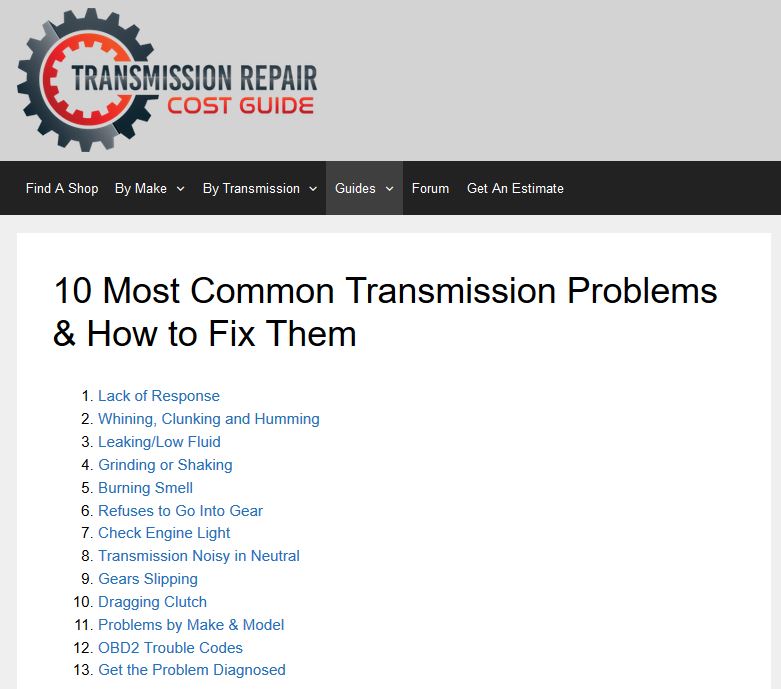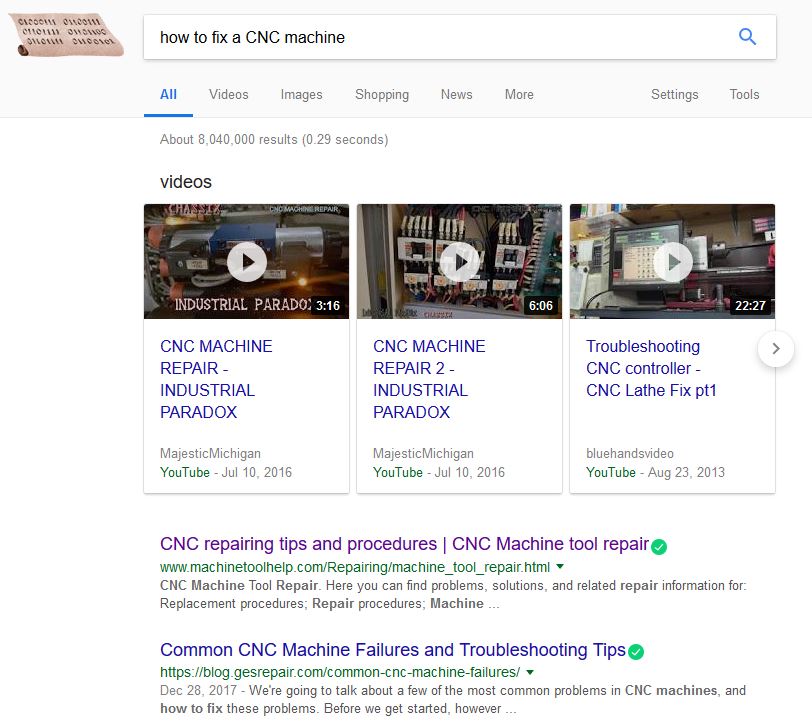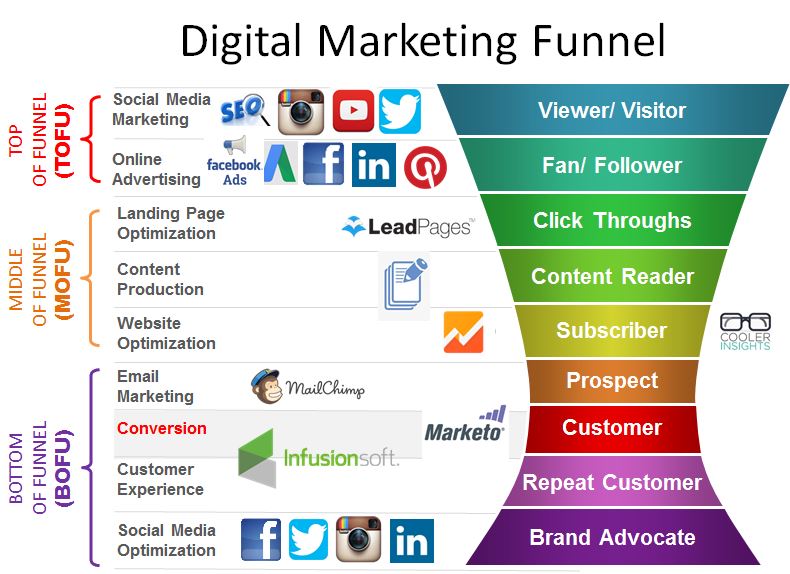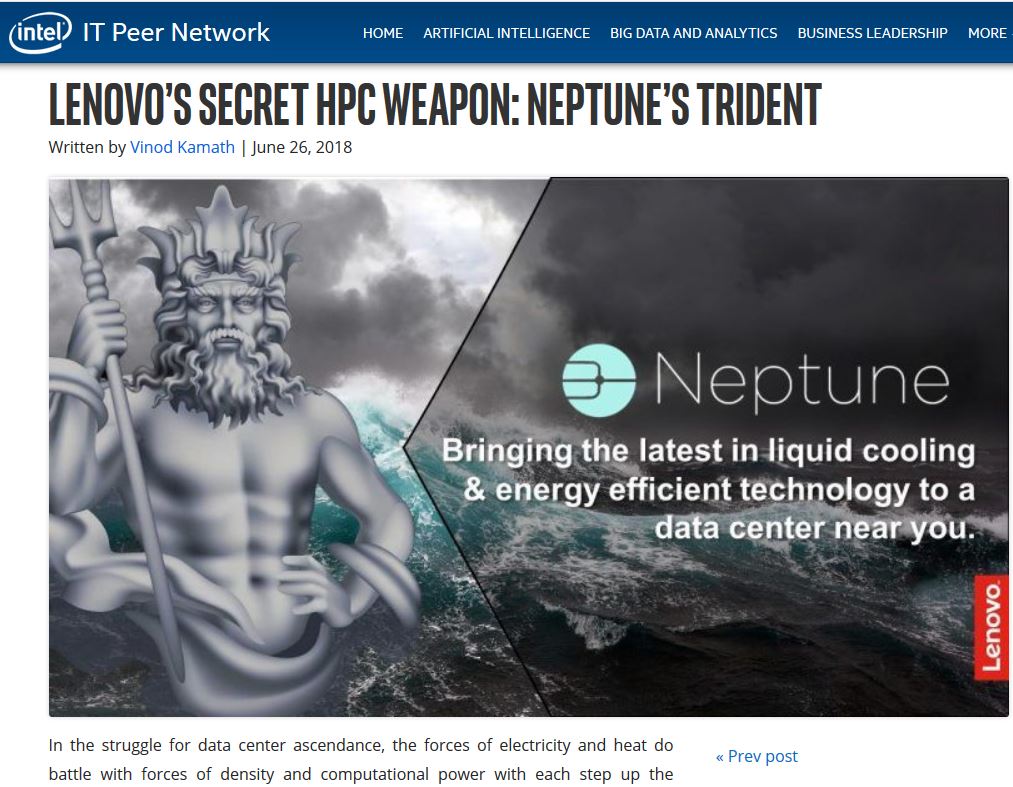
Social media marketing just isn’t right for companies dealing in manufacturing. Or so they say.
Just look at your Facebook or Instagram news feed. Chances are that it’s filled with videos and photos of animals, celebrities, political insights, amazing human feats, jokes, and other entertaining stuff.
Even LinkedIn these days seem to be gearing towards EDU-tainment.
Contrary to popular belief, social media networks like Facebook, Twitter, LinkedIn, and YouTube can be great marketing channels for B2B companies.
B2B businesses can also create valuable content to strengthen their online presence, or weave engaging stories to captivate their audiences.
But what if you own or work in a manufacturing or production business? Like a cement maker, steel foundry, equipment assembly, machine tool manufacturers, or wafer fab factory?
Wouldn’t it be challenging trying to get your prospects to engage with a highly technical piece of content?
In this article, I’ll propose how manufacturing companies to tap on social media while addressing some of their chief challenges.
#1 Begin with an SEO Foundation
The first thing a B2B manufacturer must do is to build a website with its Search Engine Optimization (SEO) done right.
Defined here as the process of “affecting the visibility of a website or a web page in a search engine’s “natural” or un-paid (“organic”) search results,” the goal of SEO is to get your web pages to rank on page one of Google’s Search Engine Results Page (SERP).
For industrial manufacturers, you need to consider the following in your SEO strategy:
- What are the chief issues and challenges faced by your clients?
- Which online channels do they regularly visit and consult?
- What keywords do your clients use on a search engine?
- How do you position your website as a trusted and reliable source of helpful information?
If you intend to build (or rebuild) your factory website, read this to learn how you can optimize it for search traffic. Do also check out this useful SEO keyword optimisation guide.
#2 Share Useful Content via Blogging
Now that your website is optimized for search traffic, you can start your social media marketing efforts by crafting useful blog articles.
No you don’t have to be an influencer to blog. Instead, focus on how you can provide utility to your customers (or prospects) with “Google-able” solutions and set up an online learning centre.
Here are some immediate ideas you can use:
- Troubleshooting Tips: Provide step-by-step guides to solving specific production, machine, or worker problems.
- Templates and Checklists: Include a template (Excel format would be good) that they can download and teach them how to use it.
- Budgeting and Planning: Educate your readers on how they can budget and plan for their new factory premises.
- Comparative Articles: Which is better – technology A or technology B? Should they lease their machines or buy them? What about the different materials used in manufacturing?
(Read this article to learn more about B2B blogging practices that can generate leads.)
Makers of software for design, engineering, architecture, and construction industries, Autodesk knows a thing or two about creating a useful blog section on their website. Have a look at some of the topics which they cover in their learning centre.

#3 Tantalize with Technology Trends
As a brand owner and product developer, you’ll need to boost your credentials in the market.
Like all other businesses, top industrial brands like Samsung, General Electric, Intel and Mitsui attract a lot more attention than smaller niche brands.
To build your reputation as a cutting edge innovator, keep abreast of the latest developments in manufacturing and share what you’ve learned.
You should also unveil what your own R&D labs are doing – not just the finished products, services or equipment but the process of doing so. This can take the shape of “behind-the-scenes” videos and photo stories, new discoveries, or results of tests which you’ve made.
(Once again, remember to use the keywords which you’ve identified earlier as a guide.)
Here’s an example of a manufacturing blog focused on sharing the latest manufacturing technologies and trends. It may not be pretty, but it sure is focused on what its readers may need.

#4 Do Q&A Type Posts
Questions and answers (or Q&A) have been used since time immemorial on forums, bulletin boards, as well as websites like Yahoo! Answers and Quora. These provide a useful and easy way for your potential clients to find answers to their most common business and operation problems.
In doing so, consider the following steps:
- Break down your Q&As (or FAQs) into different categories, from customer research type questions (“Which method of manufacturing works best for surgical instrument calibration?”), purchase type questions (“How much does an ABC machine cost?”), to service and maintenance questions (“How do I fix an XYZ issue during manufacturing?”)
- Write down blog articles on your website that address these questions
- Share summarised versions on LinkedIn, Facebook and Twitter
- Ensure that you use a consistent #hashtag
- If possible, produce a short video to address those specific questions
Here’s an example of a website focused on solving customer issues. While the company isn’t in industrial manufacturing, the principles of answering customer problems remain the same.

#5 Produce YouTube Videos
YouTube is one of the best places for you to share video tips on production processes, R&D findings, troubleshooting techniques, and brand stories.
Don’t believe me, look at what the first few results from Google’s SERP is when it comes to a specific manufacturing related query.

While you may not get as much viewers and subscribers as PewDiePie, you can still get a respectable volume of traffic if you optimize your videos for both search and social sharing.
To do so, consider optimizing both your YouTube Channel and videos by applying these best practices.
Here’s a great example from Volkswagen showing the production process behind a car.
https://www.youtube.com/watch?v=PSLroLJEI9M
Here’s a less sexy but no less important YouTube video, where you can learn how to troubleshoot your electrical motor control circuit.
#6 Merge Online with Offline Marketing
Unlike B2C businesses, the price tag of B2B products and services are generally much higher. It is highly unlikely for your potential clients to whip out their corporate credit card and sign up for your widget manufacturing services online.
Here, it makes sense to fuse your social media marketing efforts with an offline event, face-to-face consultation, or sales call. This allows your sales engineers to clarify specific user needs and to dive into the technical specifications that are required for the job.
Consider doing it like this:
- Create and curate useful content to grow your social media following on Facebook, LinkedIn and Twitter
- Write a blog article with a Call To Action (CTA) inviting your readers to sign up for an email newsletter or download an eBook
- Occasionally, advertise/boost some of your best performing content to get even more readers
- Invite your email subscribers to a trade show event, or make an appointment with your sales consultant
A key thing to note here is that the sales cycle for B2B businesses are usually longer than a B2C business. Thus, you’ll probably need to consider how you can influence on touch points of their buying journey.
#7 Focus On Your Marketing Funnel
Which brings us to our next point on building your digital marketing funnel.
A potential client would certainly need to engage with your brand on several occasions before they eventually decide to be your customer. This process of slowly “converting” a visitor to a customer can be seen in the digital marketing funnel, as shown below.

Typically, a manufacturing company wishing to embrace social media marketing should consider the rest of the digital marketing funnel, as well as the journey which your customer takes.
As your potential customer reads, watches and engages with your content, your job is to draw him or her deeper and deeper into your funnel with increasingly valuable and relevant content.
Thus, you may begin by sharing “lighter” posts on perhaps fixing a specific manufacturing process using a short YouTube or LinkedIn video, offer a more detailed article on your blog, and provide an eBook which can be downloaded in exchange for his name, email address, company name, and other particulars. Once you’ve obtained his contact particulars, you can try to arrange a meeting or a phone call to see if there are ways for you to work together.
(Read this article for more details on constructing your funnel.)
#8 Narrate Customer/ Client Stories
Last, but certainly not least, consider sharing stories of your customers (or prospective customers) and use these as trust builders to attract potential new clients to your fold.
Customer success stories can come in various guises:
- Use Cases: These are more specific pieces of social content, where you elaborate on how your product/tool/equipment came in handy for your customer.
- Future Scenarios: Here, your role is to tell a bigger story focusing on your customer’s business, how it is evolving and changing, and how your product or service could help.
- Customer Testimonials: These could be either long-form pieces (videos, blog articles, podcast interviews) or short-form pieces (Facebook, LinkedIn, Twitter) where your customer narrates how your product, service, or tool has helped them.
- Customer’s Customer Stories: For companies that manufacture components (eg ball-bearings, gears or other machine parts), telling your customer stories may not be enough to reach a wide market. In such cases, why not consider telling your customer’s customer stories?
Intel is a great example of a manufacturing company that helps to share its customer stories. On their blog, you can see how they’ve woven technology focused tales starring their customers. Here’s an example featuring their customer Lenovo.

Courtesy of Intel
Conclusion – Manufacturers Can Go Social!
What I’ve covered above are just some basic examples of how manufacturing companies can use social media to market their business.
I’m sure that you can come up with a lot more ways for manufacturers to embrace social media channels like blogs, Facebook, LinkedIn, Twitter and YouTube to grow their business.
The opportunity is definitely ripe for brand, equipment and component manufacturers and makers to invest in social media marketing.
While the returns may take some time to see fruit, the long-term benefits of creating a strong online presence makes it compelling. Besides, the fields are still green in this arena – being the early bird helps you to catch many worms!
Need More Help in Social Media Marketing?
Wish to start embarking on social media marketing for your manufacturing firm but unsure how?
Drop us an an email with your particulars, and we’ll be happy to arrange for a free 30-minute consultation session. (If you’re in Singapore, we can also meet for a coffee chat.)
